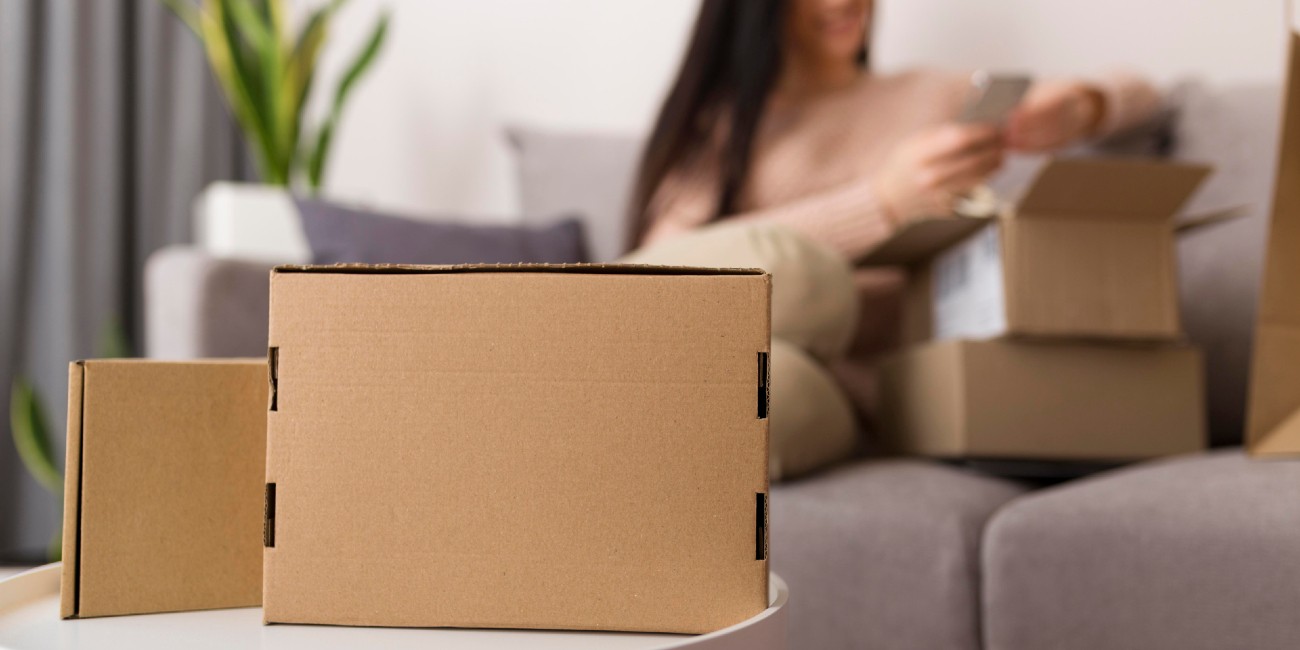What are folding boxes and what are their uses?

18 April 2025

from 11.54 zł tax incl.
from 3.01 zł tax incl.
from 5.19 zł tax incl.
from 4.13 zł tax incl.
from 0.90 zł tax incl.
from 1.09 zł tax incl.
from 11.19 zł tax incl.
from 19.30 zł tax incl.

Kamil is more of a football coach than a "classic" president – he believes in teamwork and the effectiveness of processes rather than conducting an orchestra. He ensures that chaos turns into success and, like a seasoned alchemist, can create SOMETHING out of nothing, turning ideas into tangible achievements. Thanks to his approach, BoxMarket is developing dynamically yet in a controlled manner.
26 August 2024
Eco-friendly Packaging Packaging makes up the majority of the waste we throw away every day, which is why the packaging industry is ...
18 February 2025
Choosing the right flap box is a key factor that ensures safety and convenience when transporting and storing a variety of products. Whether ...
18 February 2025
Flap boxes made of corrugated cardboard are among the most frequently used types of packaging, especially in logistics and warehousing. Due to ...
10 January 2024
In today's business world, where competition is increasing, the key to success is the ability to adapt to the changing needs of the market. One ...
29 August 2024
Cardboard packaging plays a key role in many sectors of the economy and provides a practical solution for transporting and storing products . ...
08 May 2024
In today's globalized business world, where speed and efficiency are key, choosing the right packaging is of paramount importance. That's why ...
check_circle
check_circle

Please verify the country of delivery and form of purchase in the customer panel. The data provided in the customer panel differs from the currently set data.
Change settingsWe have changed the quantity to what is available in stock.
We have changed the quantity to what is available in stock.
We have changed the quantity to what is available in stock.